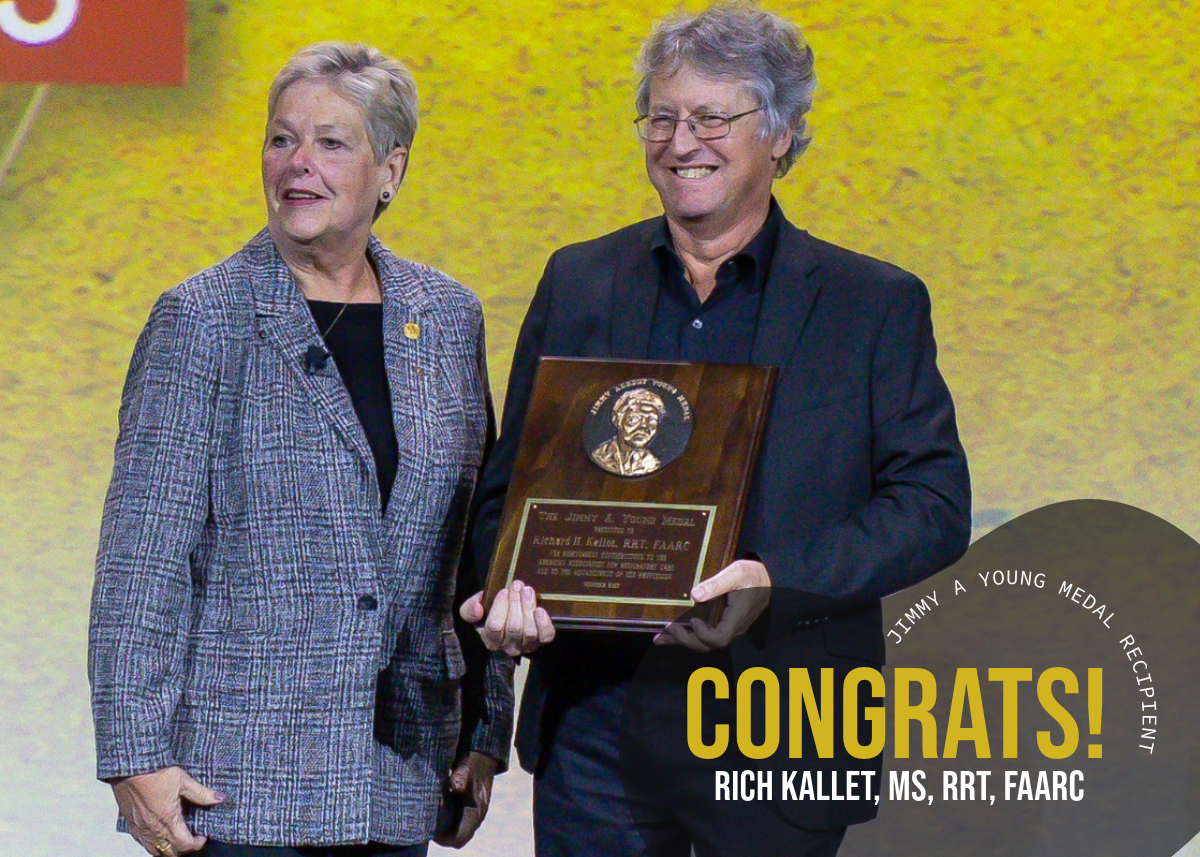
Are you a manager or a leader? While these two words are often used synonymously, they define distinct roles for employees. We asked AARC Members Kimberly Bennion, MHS, RRT, and Garry Kauffman, MPA, RRT, FAARC, to share their insight on this subject and to offer tips for developing leadership skills.
How do you define Manager and Leader?
“It is my personal experience that a ‘leader’ is someone who creates value where a manager is someone who counts value,” Bennion said, listing cost savings in dollars, productivity in RVU as value-counted examples. “While counting value is important for an organization to stay viable, only focusing on counting value at the cost of creativity and high quality care will stifle an organization.”
Bennion believes that cost will almost always decrease when the right thing, such as quality care, is done, in the right place at the right time.
“There are as many definitions of these terms as there are books and journals,” Kauffman said. “One of the simplest definitions that I remember from the Pennsylvania State University MPA graduate program goes something like this: Management focuses on understanding and controlling a group or a set of entities to accomplish a defined objectives or goals. Distinct from management, leadership refers to an individual’s ability to influence, motivate, and enable others to contribute toward organizational success.”
To further help define what it means to be a leader, Bennion suggests that a leader sets a new direction and is visionary, leads by example never asking anyone to do something he or she is either unwilling to do or not already doing, and creates spheres of influence.
How are they different?
For Bennion, the primary difference between a leader and a manager “is that people want to follow a leader where a manager simply has people work for them.”
Kauffman distinguishes management and leadership through their skill sets. He feels that historically we have been taught that management was the more clearly defined skill set, focused on budgeting, interviewing, hiring, etc. The cycle, as Kauffman explains, was that managers were promoted from the clinical ranks and “taught how to manage by their boss who was taught by her boss in the same manner.”
“In many ways this was appropriate for the skills and competencies required to manage,” Kauffman said. “But we have learned in health care that far more is required to make the transition of great RT to exceptional manager and leader.”
He continues to explain that leadership, in contrast, “includes the skill set to influence, inspire, motivate, and create a clear and compelling vision of what is required for the individual’s, department’s, and organization success.”
Kauffman believes leadership is a process rather than a specific action—it’s influencing and getting involved with your staff.
“While creating a great staffing schedule is accomplished by the manager skill set, the leader’s success can be measured by the percent of the staff that are AARC members, how many of the department’s RTs volunteer to work on project teams or lead project teams, and whether all of the RRT-eligible staff pass the CRT exam and then complete their registry exam,” Kauffman said.
What tips would you give RTs looking to develop leadership skills?
Bennion encourages RTs to be flexible and willing to experience new opportunities.
“Never say ‘no’ to an opportunity, no matter how much it stretches you. Never ask, ‘Do I get paid extra to do that?’” Bennion said. “Finally, find a mentor to whom you look up to as a leader. You’ll know him or her because that individual is visionary, recognizes value priorities, advances our profession and is someone you truly desire to follow.”
Kauffman suggests “being upbeat and positive (especially in challenging times), being a good listener, having the ability to keep your cool in tough situations, demonstrating high integrity (even when no one is looking), being able to make tough decisions and follow through, generate excitement with peers and subordinates, show that you actually enjoy you work, demonstrate innovation, always being a team player (and ‘taking one for the team’ when you don’t have to do so), always being loyal, and sharing the credit even when you could really claim all the credit for yourself.” He admits this is a challenging list of competencies, but feels these qualities can be the difference between failure and success.
He also strongly encourages RTs to join the AARC and use the resources available, such as the RESPIRATORY CARE Journal, attending Summer Forum and Congress, and taking part in other programs throughout the year. Furthermore, for those aspiring executive roles, he recommends joining the American College of Healthcare Executives (ACHE), which provides resources “that are essential to acquiring and maintaining an executive position in any health care organization.”
Looking for more resources?
Strengthen your foundation for future career growth through the AARC Leadership Institute.
Check Out The Leadership Tracks
Email newsroom@aarc.org with questions or comments, we’d love to hear from you.
















